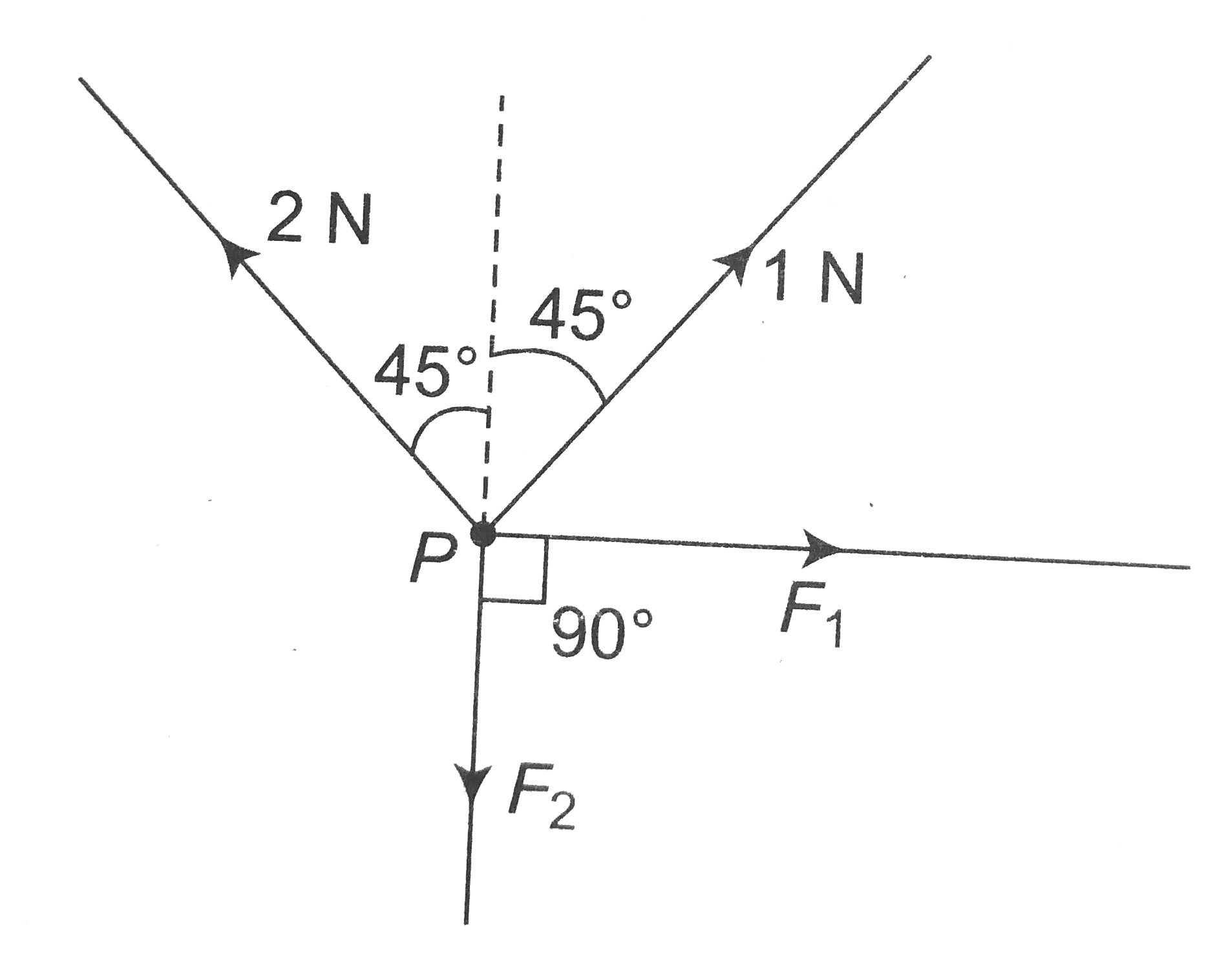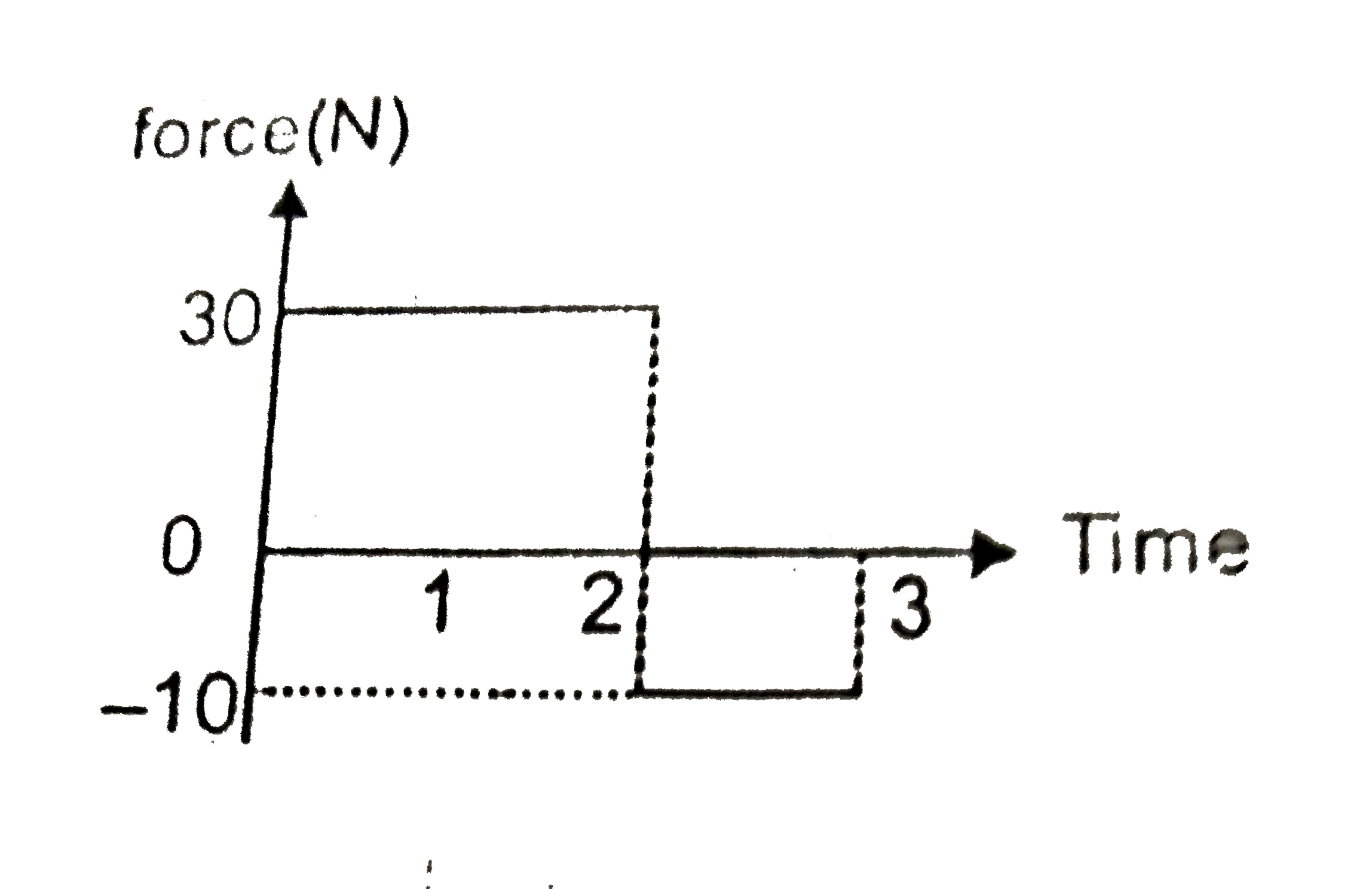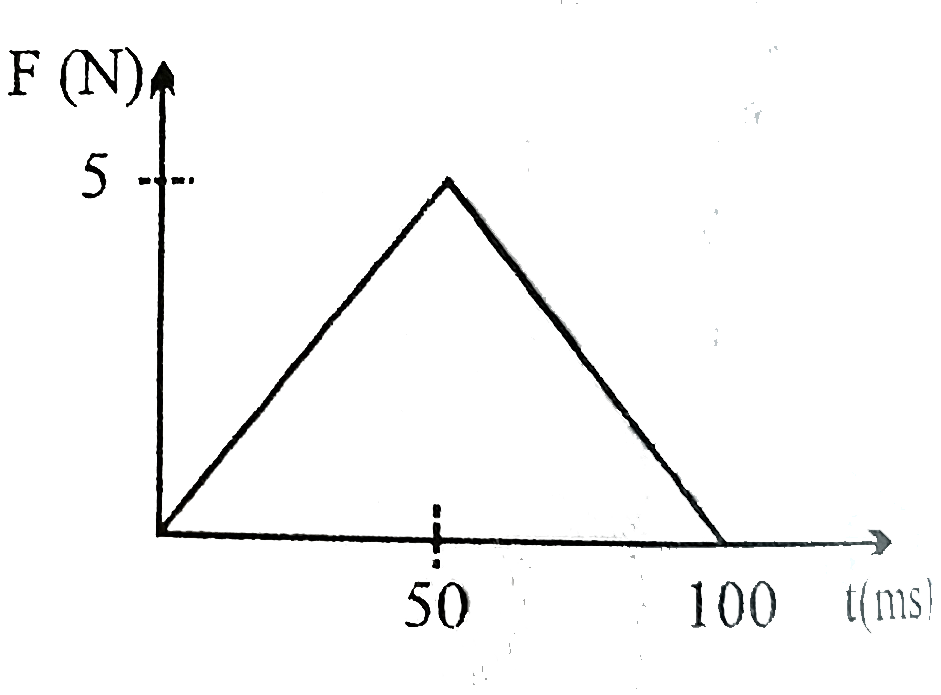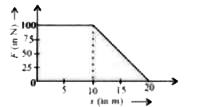An object starts from rest and is acted upon by a variable force F as shown in figure. If F0 is the initial value of the force, then the position of the object, where it again comes of rest will be :-
 Solution in Gujrati
Solution in Gujrati
2F0tanα
F0sinα
2F0cotα
F02cosα
The correct Answer is:A
Step by step video & image solution for An object starts from rest and is acted upon by a variable force F as shown in figure. If F_(0) is the initial value of the force, then the position of the object, where it again comes of rest will be :- by Physics experts to help you in doubts & scoring excellent marks in Class 12 exams.
Updated on:21/07/2023Topper's Solved these Questions
- RACEBOOK - ALLEN CHAPTER - RACEEXERCISE - Basic Maths (CIRCULAR MOTION)
16 Videos
- RACEBOOK - ALLEN CHAPTER - RACEEXERCISE - Basic Maths (COLLISION AND CENTRE OF MASS )
12 Videos
- RACEBOOK - ALLEN CHAPTER - RACEEXERCISE - Basic Maths (FRICTION)
13 Videos
- NEWTONS LAWS OF MOTIONBOOK - ALLEN CHAPTER - NEWTONS LAWS OF MOTIONEXERCISE - EXERCISE-III
28 Videos
- SIMPLE HARMONIC MOTIONBOOK - ALLEN CHAPTER - SIMPLE HARMONIC MOTIONEXERCISE - Example
1 Videos
Similar Questions
A particle of mass m is moving in a horizontal circle of radius r, under a centripetal force equal to -(K/r2). Where K is constant. What is the total energy of the particle?
View SolutionA disc of radius r is cut from a larger disc of radius 4r in such a way that the edge of the hole touches the edge of the disc. The centre of mass of the residual disc will be a distance from centre of larger disc :-
View SolutionA block of mass 1 kg is plased on a surgace for which μs=0.2&μk=0.15, an external force F is applied on the block as shown in the figure, using g=10m/sec2, find:
(a) The force of friction on block
(b) Its acceleration
(i) When F=1 N
(ii) When F=2 N
(iii) When F=2.5 N

View SolutionAssertion: The driver in a vechicle moving with a constant speed on a straight road is in a non-inertial frame of referance.
Reason: A reference frame in which Newton's laws of motion are applicable is non-inertial.
View SolutionA rod with rectangular cross section oscillates about a horizontal axis passing through one of its ends and it behaves like a seconds pendulum, its length will be
View SolutionThere are four force acting at a point p produced by strings as shown in figure, which is at rest. The force F1 and F2 are .

View SolutionStarting at rest , a10kg object is acted upon by only one force as indicated in figure. Then the total work done by the force is :

View SolutionStarting from rest a 10 kg object is acted upon by only one force as indicated in figure. Then the total work done by the force in 5 seconds is
View SolutionA force F acts on an object (mass=1 kg) which is initially at rest as shown in the figure. Draw the graph showing the momentum of the object varying during the time for which the force acts.

View SolutionStarting from rest, a 5kg object is acted upon by only one force as shown in figure. Find the total work done by the force. If your answer is alphaJ then find alpha//15
View SolutionAn object of mass 5 kg is acted upon by a force that varies with position of the object as shown. If the object starts out from rest at a point x=0. What is its speed at x=50 m.
View SolutionAn object starts from rest and is acted upon by a variable force F as shown in figure. If F_(0) is the initial value of the force, then the position of the object, where it again comes of rest will be :-
View SolutionAn object starts from rest and is acted upon by a variable force F as shown in figure. If F0 is the initial value of the force, then the position of the object, where it again comes of rest will be :-

View SolutionIf the object is at rest and no external force is applied on the object, the static friction acting on the object is
View Solutionचित्र में दिखाए गए अनुसार, x दूरी से परिवर्तन के साथ किसी वस्तु पर एक बल F कार्यरत है। x = 0 से x = 20 m तक किसी वस्तु को गति करने में बल द्वारा किया गया कार्य है

View SolutionThere are four force acting at a point p produced by strings as shown in figure, which is at rest. The force F_(1) and F_(2) are .
View Solution
